In classrooms at NDB and beyond, artificial intelligence tools like ChatGPT are making their mark. Once considered futuristic, these technologies are now becoming part of the everyday learning experience. But while AI has the power to enhance education, it also comes with challenges that schools are working hard to address.
One of the most important strengths of AI in education is its ability to make learning more accessible and personalized. Tools like ChatGPT can help students brainstorm ideas, clear up confusing topics, or even get feedback about their writing. Those resources will be very helpful when students need extra help or another point of view.
As sophomore Maddie Slocum notes, “I think it has [been helpful] because if I’m super duper confused on something and I need a little help, I’ll like, search up how to like, just like, describe it and give you examples of it, and so it’s helped me get a better understanding of concepts.”
Simultaneously, the rise in AI has fanned the flames of concern over academic integrity and the worth of critical thinking. The answers are only a few clicks away, so the temptation to rely on AI instead of one’s own prowess becomes more appealing. This brings up some profound questions: How can we responsibly use AI? How can we ensure that it is a means of learning, not an escape route?
Associate Head of School for Curriculum & Instruction, Jolanda Breazeale, echoes these concerns “The question becomes, how do we support the current tools of the world we’re in with the skills that kids need to know [independently]?”
Breazeale then provides her input, saying, “If you’re using it to replace learning, that’s a problem. If you’re using it to support greater learning, well, now it’s a great thing.”
The real challenge for students is finding a delicate balance. AI can be a powerful ally in the learning process, but it can never replace the spirit of creativity and hard work. Teachers have an important role in guiding students to view AI as an enhancement of their capabilities, not a substitute.
As Computer Science Teacher Annmarie Papp explains, “Artificial Intelligence is like any other tool, including calculators and things like that. If you use the tool as a tool, which means to augment or to build on the knowledge that you already have, then the tool is very useful. If you use a tool, any tool, and like I said, I liken it to calculators. If you use a tool to rely on, to replace knowledge, that’s when it becomes detrimental, because just like a calculator, you can forget experiences, you can forget learning, and that tool then becomes a contributor to learning loss.”
Artificial intelligence is working its way into the fabric of education; the discussion of its role is ever-evolving. The emphasis is no longer on the capabilities of AI but rather on how it can coexist in harmony with conventional principles of learning, ensuring that students are not only technologically literate but also develop deep skills that arise from real effort and creativity.


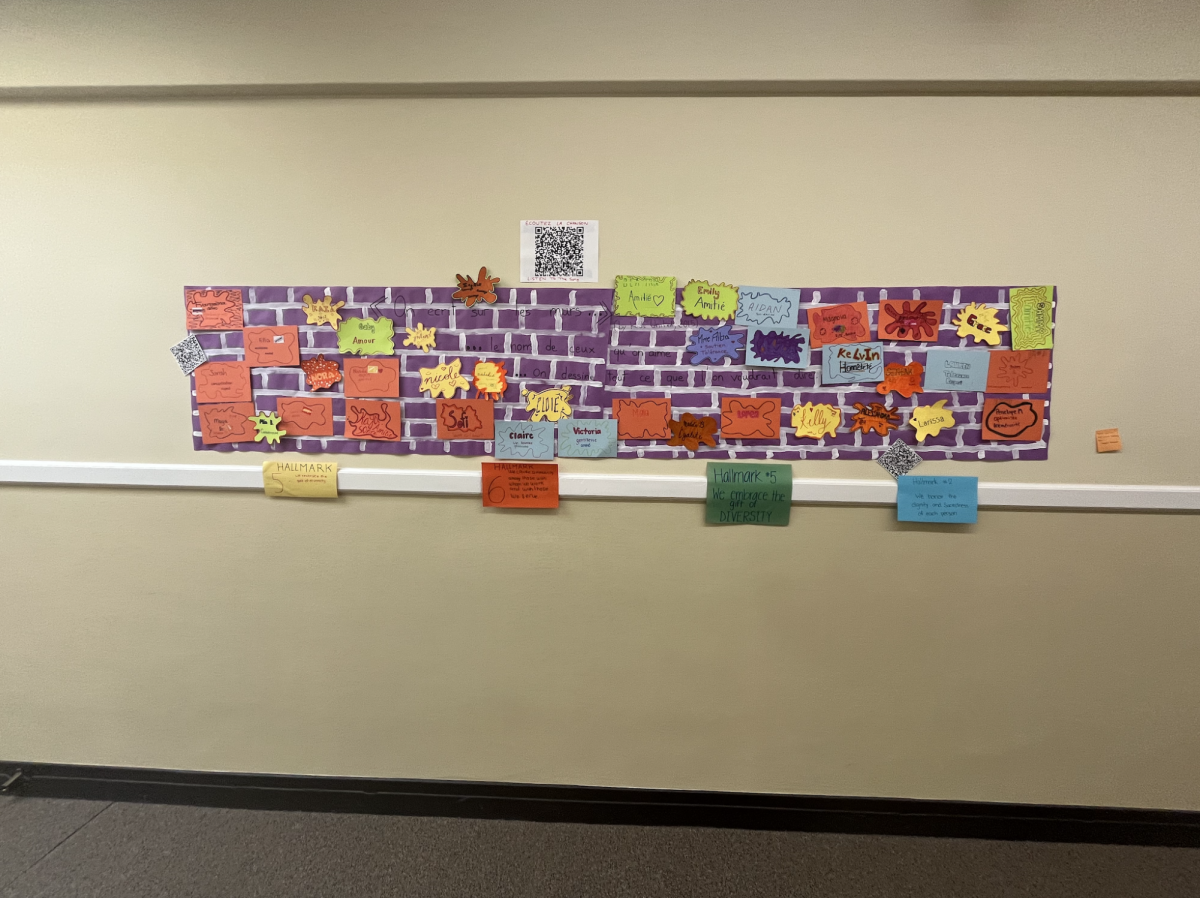
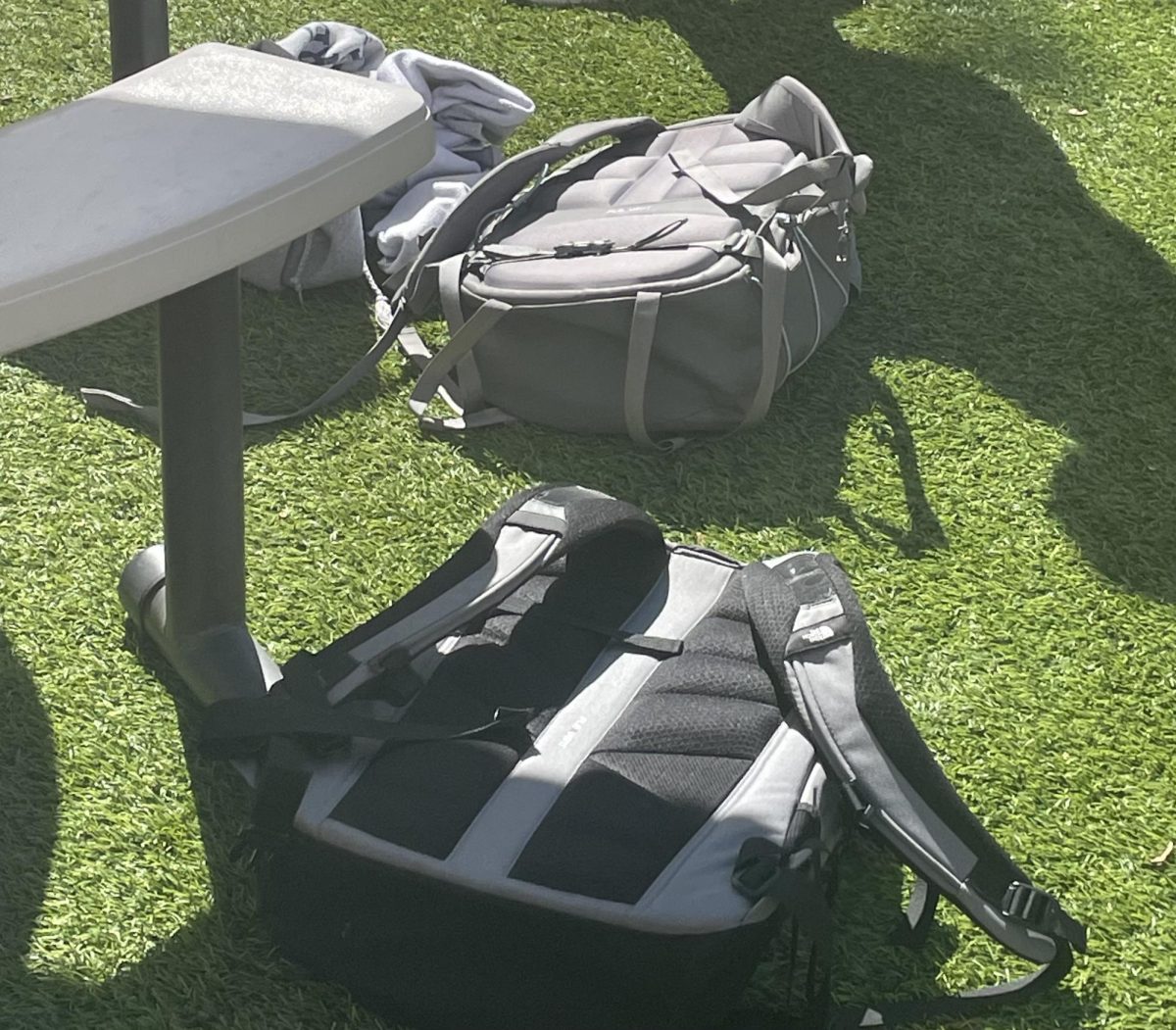
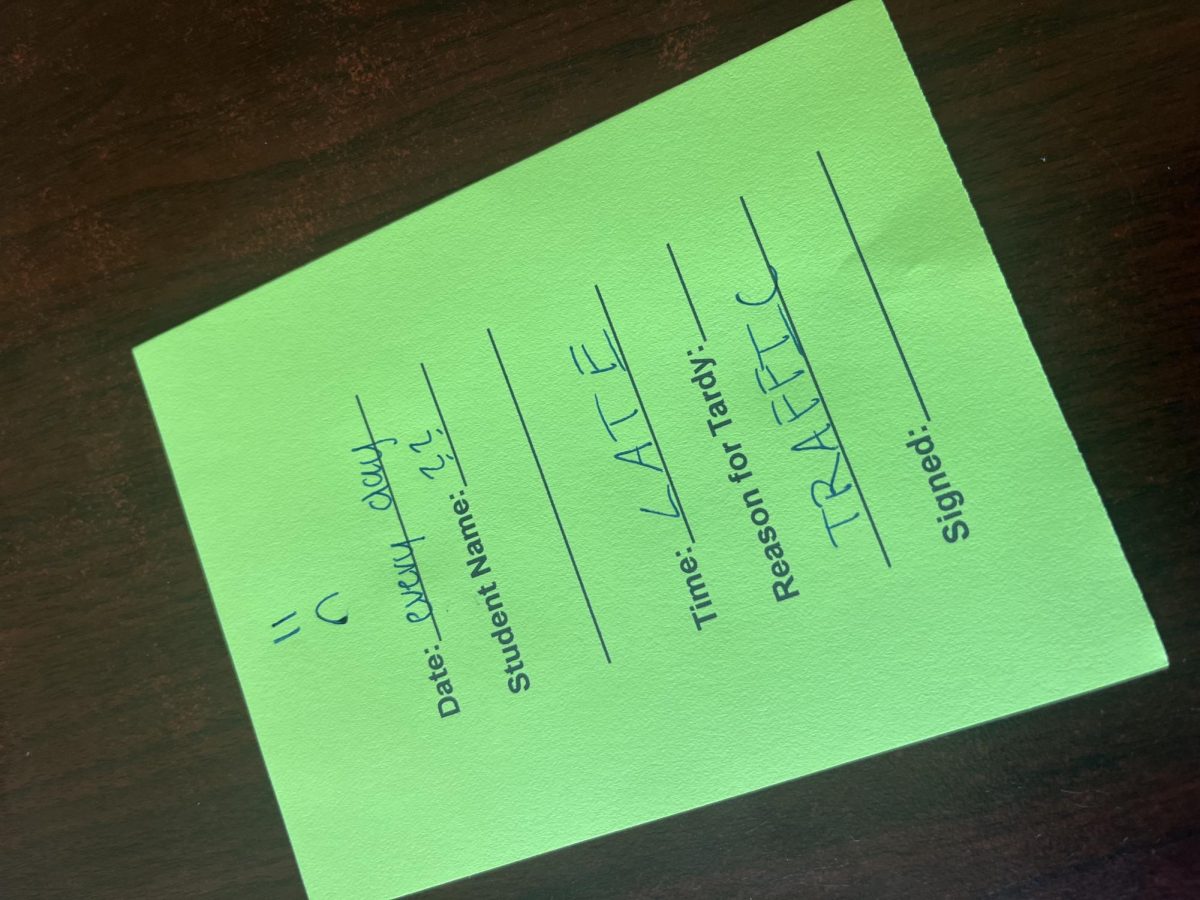
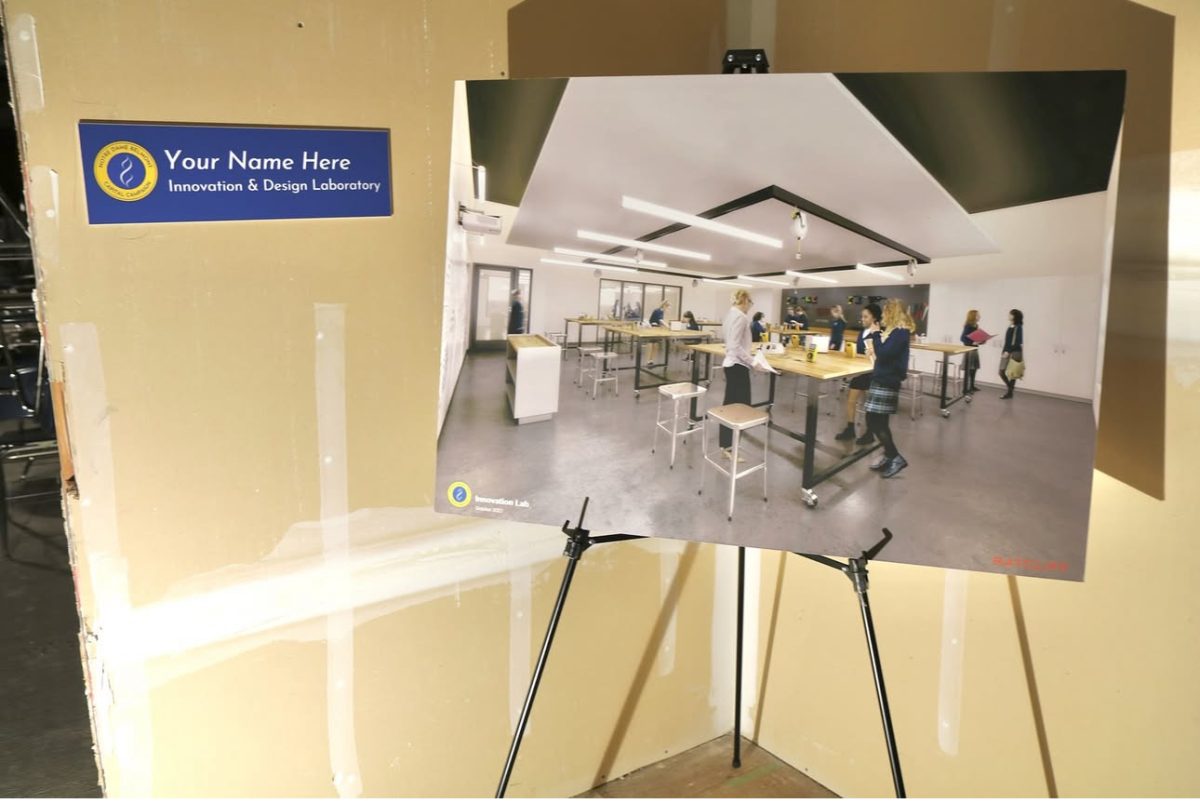
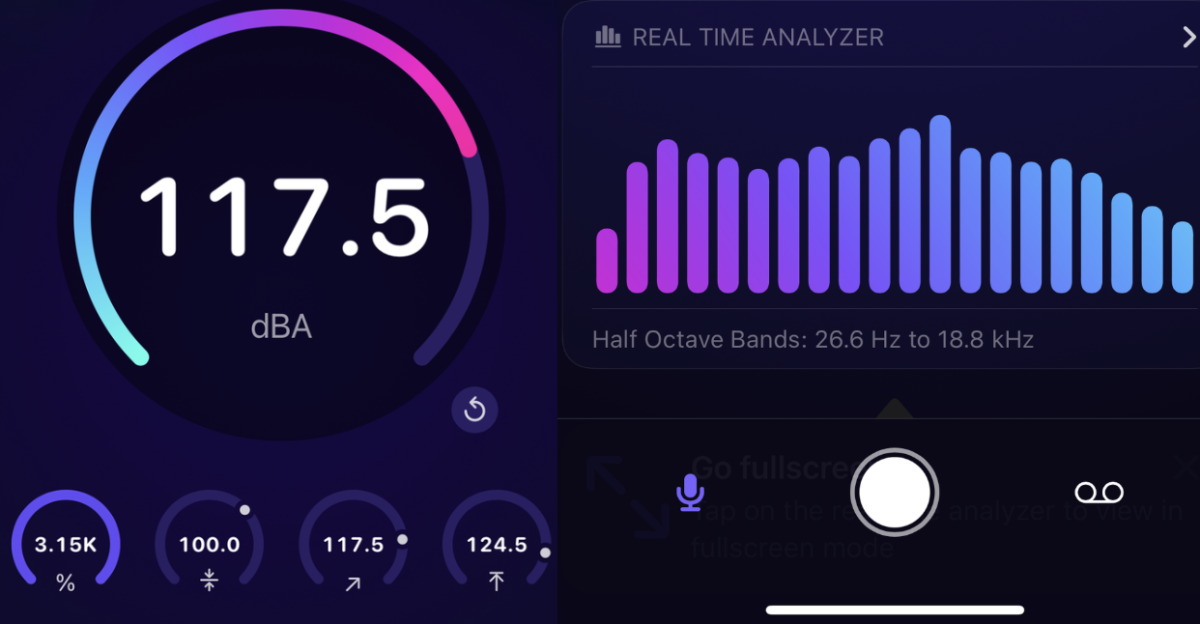
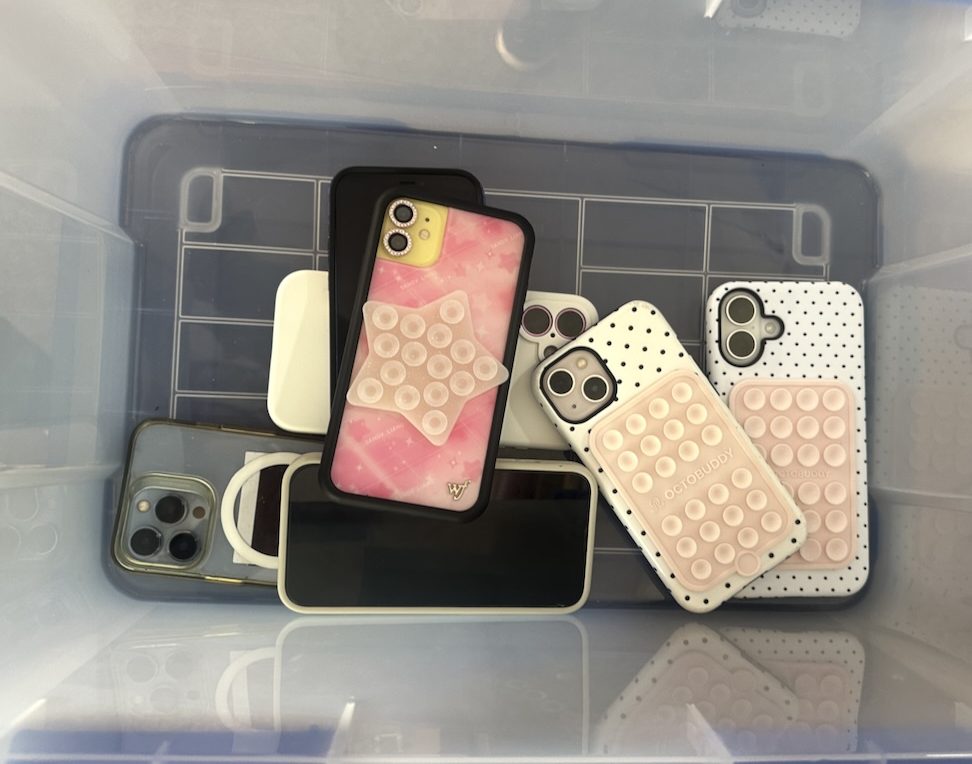
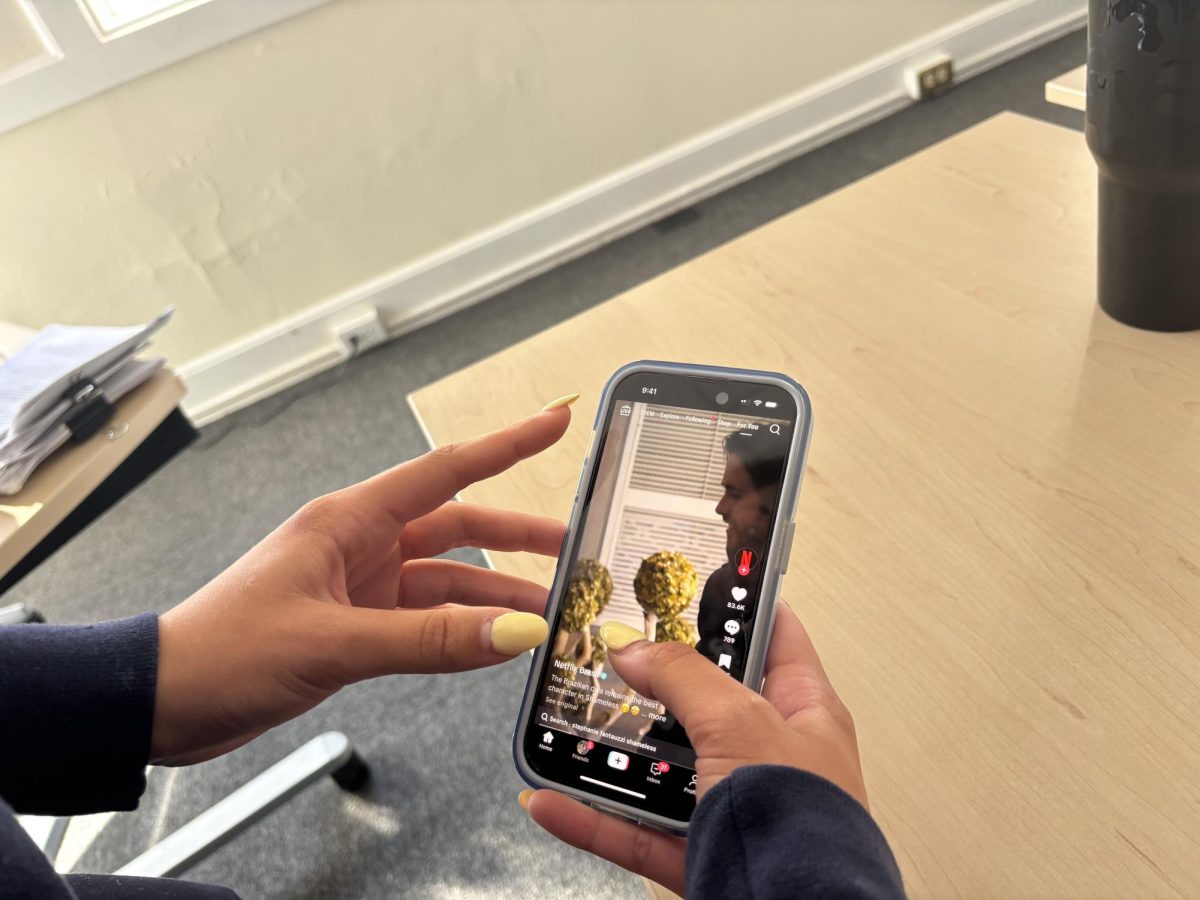


Annmarie Papp • Feb 13, 2025 at 3:51 pm
Contemporary and inciteful writing that is useful to both teachers and students